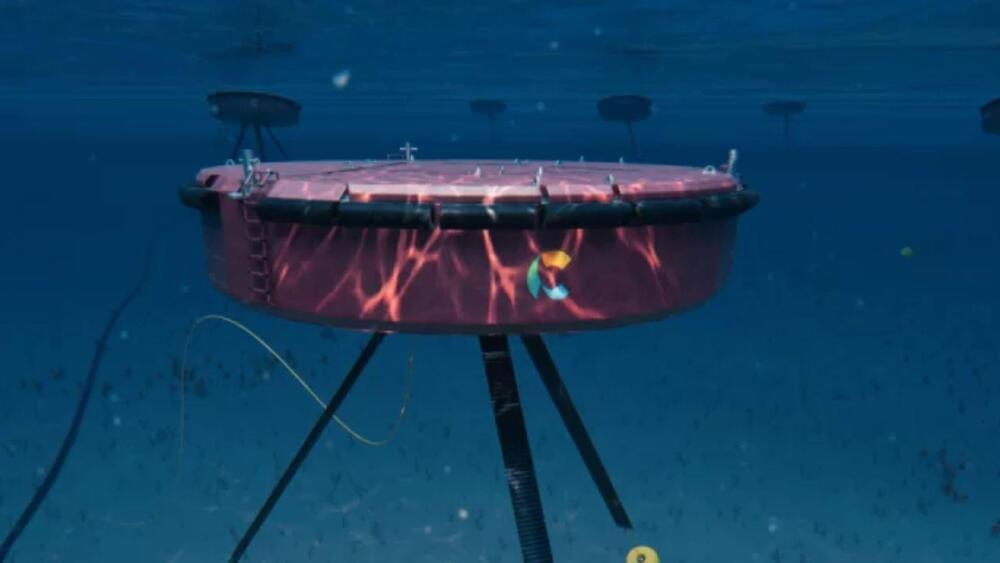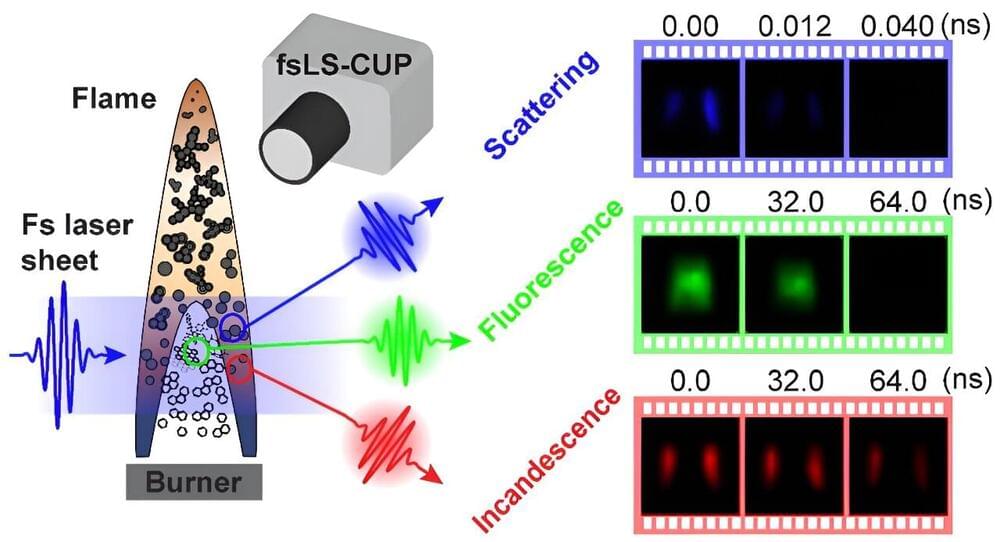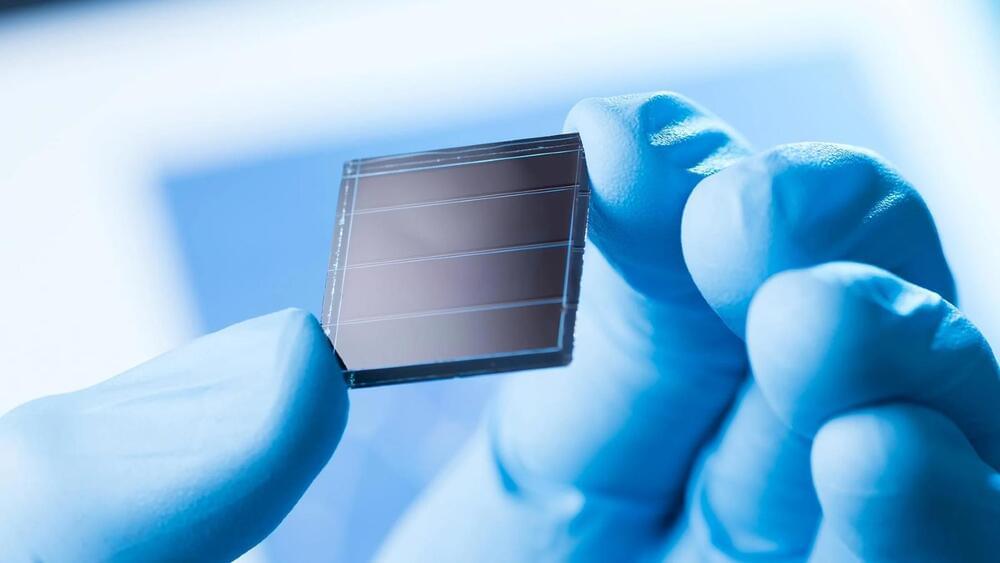Archive for the ‘sustainability’ category: Page 24
Sep 4, 2024
New frying-pan-like wave energy converter aims for certification
Posted by Shubham Ghosh Roy in categories: energy, sustainability
Wave energy convertors can work round the clock as reliable source of renewable energy, if a cost-effective method can be arrived at.
Sep 4, 2024
Dr. Angie Burnett, Ph.D. — Program Director, ARIA — Synthetic Plants For A Sustainable Future
Posted by Ira S. Pastor in categories: biological, genetics, sustainability
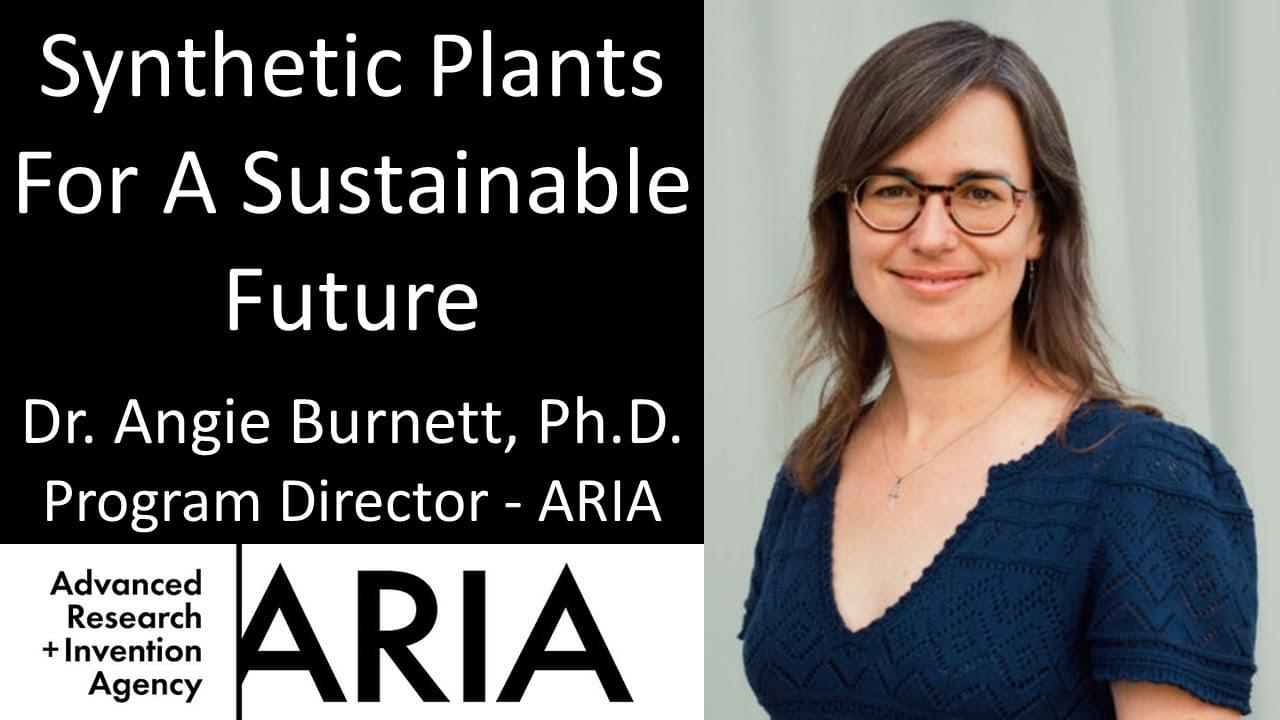
Synthetic Plants For A Sustainable Future — Dr. Angie Burnett, Ph.D. — Program Director, Advanced Research + Invention Agency (ARIA)
Dr. Angie Burnett, Ph.D. is Program Director at the Advanced Research and Invention Agency (ARIA — https://www.aria.org.uk/), a UK organization created by an Act of Parliament, and sponsored by the Department for Science, Innovation, and Technology, to fund projects across a full spectrum of R\&D disciplines, approaches, and institutions, per the ARIA mission statement to “Look beyond what exists today to the breakthroughs we’ll need tomorrow”
Sep 4, 2024
The world’s fastest single-shot 2D imaging technique films ultrafast dynamics in flames
Posted by Saúl Morales Rodriguéz in categories: particle physics, space travel, sustainability
Candle flames and airplane engines produce tiny soot particles from polycyclic aromatic hydrocarbons (PAHs) as their precursors, both of which are harmful to humans and the environment. These carbon-based particles are also common in space, making up 10–12% of interstellar matter, and are becoming valuable for use in electronic devices and sustainable energy. However, the fingerprint signals of soot and PAHs have very short lifespans in flames—lasting only a few billionths to millionths of a second. This brief existence requires very fast cameras to capture their behavior in both space and time.
Sep 2, 2024
Memory Breakthrough: Helical Magnets Pave the Way for Next-Gen Storage
Posted by Genevieve Klien in categories: innovation, sustainability
Researchers have developed a new magnet-based memory device using helical magnets, promising high-density, non-volatile storage without magnetic field crosstalk.
This breakthrough offers a sustainable solution to current challenges in information storage, with potential for large-scale integration and high durability.
A team of scientists has proposed a new concept for magnet-based memory devices, which might revolutionize information storage devices owing to their potential for large-scale integration, non-volatility, and high durability.
Sep 1, 2024
The miracle material that converts light into energy: 60 times more powerful than solar panels
Posted by Genevieve Klien in categories: solar power, sustainability
Experts have created a ‘miracle material’ that will be the end of conventional solar panels: 60 times more energy and unexpected performance.
Sep 1, 2024
Elon Musk on Instagram: ‘Is Tesla The Best’
Posted by Shailesh Prasad in categories: Elon Musk, sustainability, transportation
Sep 1, 2024
Scientists make breakthrough discovery with the power to permanently change plastic pollution: ‘Transforming … pollutants into valuable, reusable chemicals’
Posted by Genevieve Klien in categories: chemistry, computing, sustainability
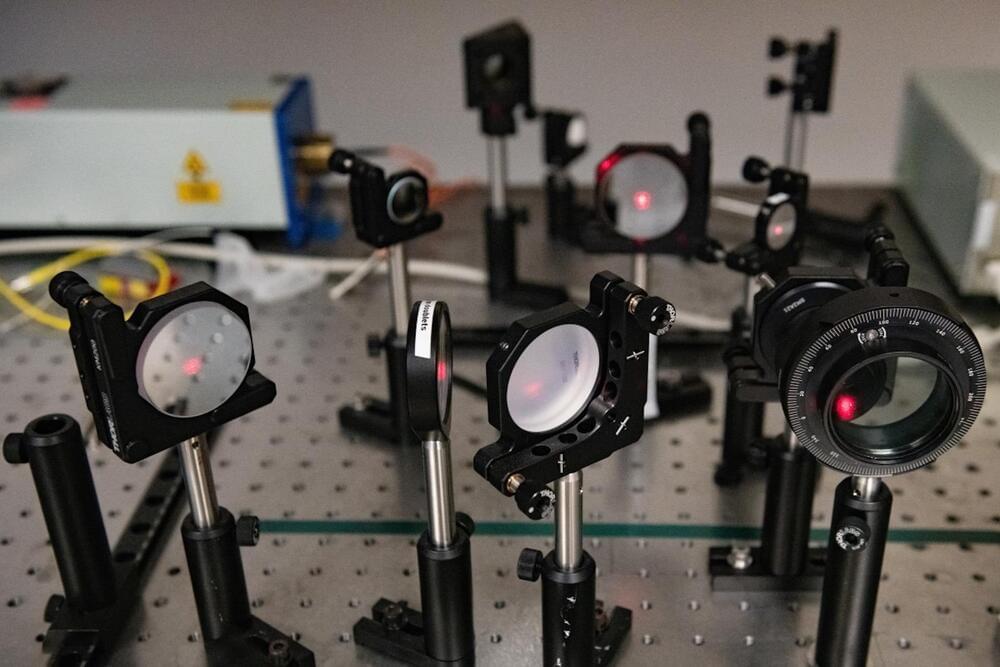
Scientists at the University of Texas used a breakthrough laser recycling technique to turn plastic into computer components.
Aug 31, 2024
Tesla chooses interesting location for Robotaxi unveiling event
Posted by Genevieve Klien in categories: Elon Musk, sustainability, transportation
Tesla has reportedly chosen its location for the Robotaxi unveiling event on October 10, and it is quite interesting.
According to a new report from Bloomberg, citing people familiar with the matter, Tesla is planning to show off its new Robotaxi platform, along with “a few other things,” at the Warner Brothers Studio in Burbank, California.
Tesla initially planned to hold its unveiling event on August 8, but it was pushed back to October 10 due to a request for a front-end design change by CEO Elon Musk, who also hinted there would be more to show at the event with the delayed date.
Aug 29, 2024
Rare earth single atoms enhance manganese oxide’s electrochemical oxygen evolution
Posted by Saúl Morales Rodriguéz in categories: chemistry, particle physics, sustainability
An international group of researchers has developed a novel approach that enhances the efficiency of the oxygen evolution reaction (OER), a key process in renewable energy technologies. By introducing rare earth single atoms into manganese oxide (MnO2), the group successfully modulated oxygen electronic states, leading to unprecedented improvements in OER performance.

